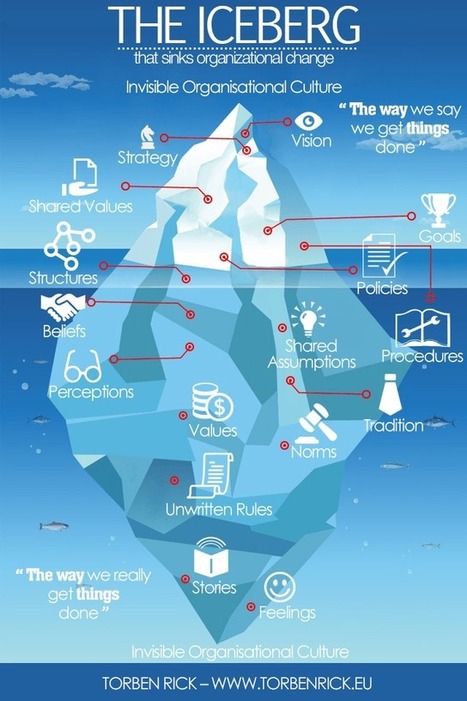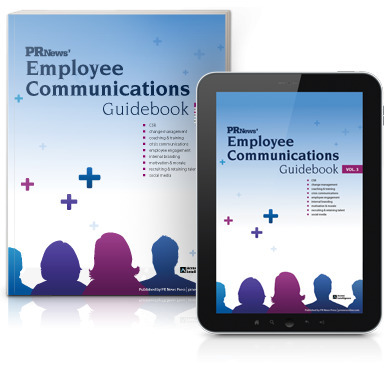"When undergoing transformational change it is crucial that the workforce be allowed to engage in the effort offering perspectives, ideas, and suggestions to guide and improve the change initiative.
A management model focused on improving organizational effectiveness must bring together the right mix of communications, leadership and team building to create openness and an exchange that’s fostered by the right technologies and the right skill sets.
As communicators, we must serve as the “invisible hand,” guiding employee behavior based on organizational priorities and strategies intertwined with people’s view of reality and need for purpose."
Read the full article to find out more about these 15 tips to engage employees in a change effort to help you shape communications as a means for improving organizational effectiveness:
- The CEO ultimately drives employee behavior and the organization’s culture.
- If it's "baked" you’ve lost.
- Management and communications must be married: not distant relatives.
- Decision-making must be inclusive and integrated.
- Language is critical.
- Make it “Important” not a Campaign.
- View employees as a community not a captive audience.
- Discover versus sell.
- People have a voice; now what?
- An employee’s understanding of strategy is “seeing and feeling” patterns of behavior, starting at the top, not listening to “corporate speak.”
- The marketplace should dominate internal conversation.
- Why?
- Simplicity creates interest.
- Who Are You Talking to?
- How do you talk about your reality?



 Your new post is loading...
Your new post is loading...



















Communications plays a big part in the transformation. It's usually a culture change and requires change management techniques.